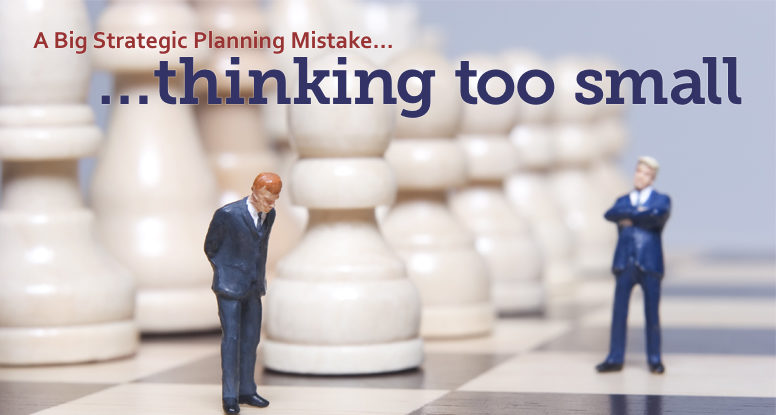
A Big Strategic Planning Mistake… thinking too small
Guest Blogger: Carol Hamilton
One of the most common mistakes is to start small. Thinking you want to keep the process under control, senior management and the board often start with themselves. These two groups have a pivotal role in strategic planning, but it’s better to shift their biggest involvement to later in the process.
The Traditional Process
Traditionally, a small leadership group. A few key players may be interviewed. A survey could be used to gather information from a wider set of stakeholders. The small leadership group had a retreat and came up with a draft plan. They then ask for input from their stakeholders. This feels efficient and manageable. Yet the stakeholders who are asked for input after the major work has been done are likely to feel like this is a proforma request. Even if the document says “draft,” it usually feels like there is not a lot of room for change. As a result, the feedback you receive is often superficial. You may even disengage your stakeholders rather than get the ‘buy-in’ you are seeking.
Flip the Script
Instead, flip the script and start big. Identify your key stakeholders and gather as many representatives together as possible. Bring them together for a 1-2 day summit. You may not believe it, but you can have over 100 people in the room and still have a productive conversation. With the support of dialogue technology, you can have even larger meetings — up to 1000 people participating — and have a productive conversation. Everyone does not have to be in the room, as there are ways to engage people online as well. Some tips include:
- Split people into small groups of up to 8 people.
- Have each small group self-organize, choosing a facilitator, a timekeeper, a note taker, and someone to do the report.
- Use different methods to report.
- Try a gallery walk, during which each group posts their flip chart of discussion notes, and everyone reads them individually and silently.
- Have them create a headline or a tweet for their summary — and hold it up and read it.
- Have them summarize the key takeaway from their discussion on a large stickie and post it in one place.
- Use technology specially designed for large meetings (such as CoVision) to capture key takeaways and have a small team on site to synthesize the results in real time.
Inviting Anarchy?
Sounds like anarchy? With a good meeting design, it is highly energizing for both the stakeholders and the leadership. Bringing people into the process early helps them feel heard. They feel like they have a real chance to influence the end result. You are engaging them before the major goals of the plan are selected.
Time to Prioritize
The small leadership group now makes meaning of the information generated in the larger session. They shape it into a strategic plan, aiming for a few major organizational goals. By flipping the script and starting large, you have the benefit of many people’s thinking, you help them feel heard, and your small leadership group still shapes the final product.
Thank you to our guest blogger Carol Hamilton, Principal, Grace Social Sector Consulting, LLC, who helps nonprofits and associations become more strategic and innovative for greater mission impact. Learn more about Carol at www.gracesocialsector.com
